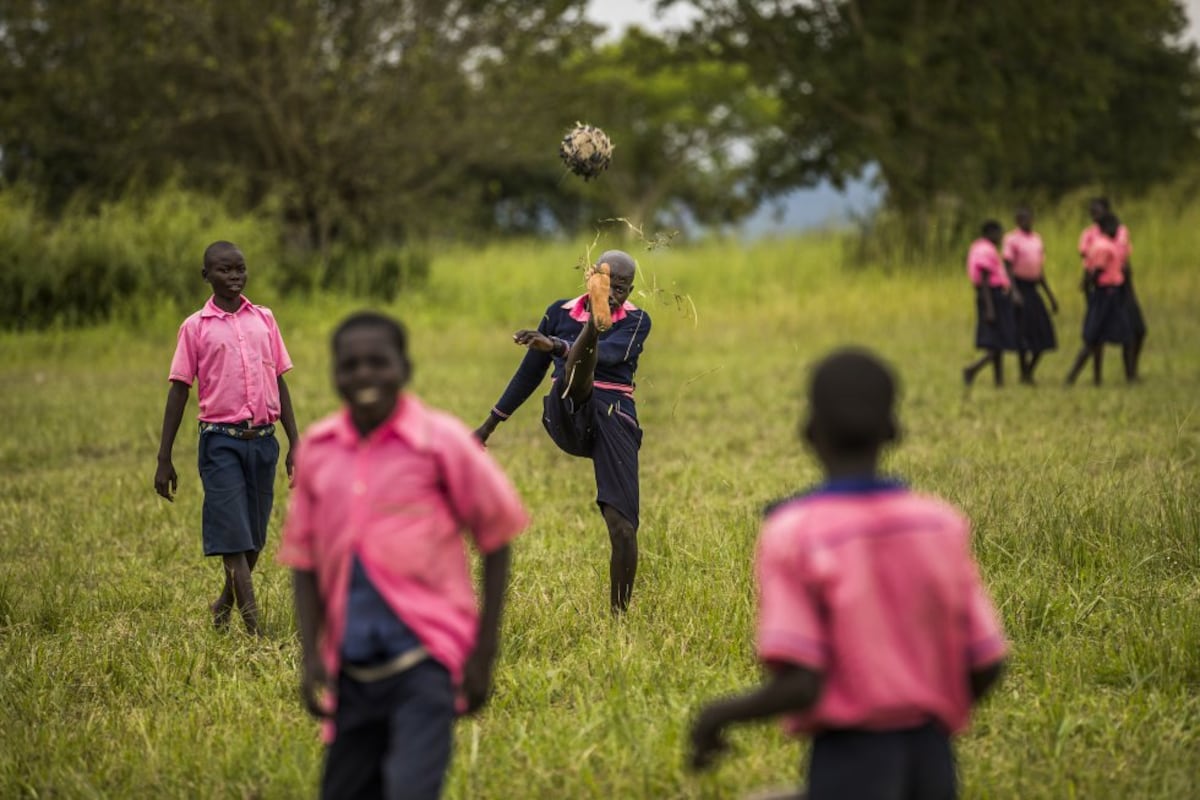
"The world became fascinated with the athlete Abebe Bikila at the height of his career, when he won the gold medal in the marathon at the 1960 Olympic Games in Rome. He ran the race barefoot when the sneakers he'd been given proved to be a poor fit and were giving him blisters. He preferred to compete the same way he had trained: with no shoes at all."
"Another notable example from outside the world of sports is that of the Tanzanian Hadza tribe. Due to their nomadic lifestyle, which is based on hunting and gathering practices, they run barefoot across varying terrain, allowing for a wide range of movement. Another community that has been studied by biologists, doctors and anthropologists is that of the Raramuri, who call themselves runners on foot and people of the fleet feet."
Abebe Bikila won the 1960 Olympic marathon in Rome running barefoot after ill-fitting sneakers caused blisters, preferring his trained method. The Tanzanian Hadza run barefoot across varied terrain as part of a nomadic hunting-and-gathering lifestyle, enabling wide movement. The Raramuri (Tarahumara) of northern Mexico run barefoot or with sandals made from recycled tires or leather, and racing forms part of their culture, producing athletes like Maria Lorena Ramirez, who won Ultra Trail Cerro in 2017 wearing traditional clothing and huarache sandals. Barefoot and minimal-footwear exercise has become trendy, while modern athletic shoe technology has improved stride comfort and helped reduce injuries. Humans began wearing shoes in the Paleolithic era, and the first athletic sneakers appeared in the 1970s.
Read at english.elpais.com
Unable to calculate read time
Collection
[
|
...
]